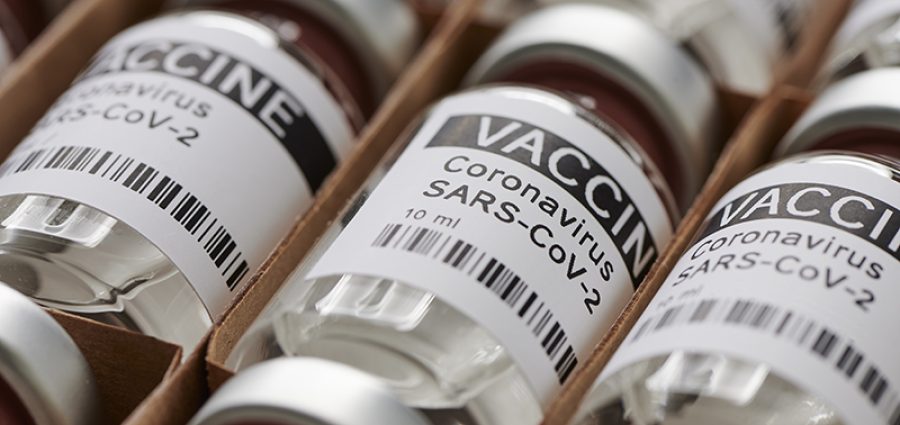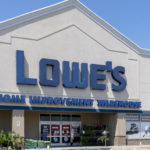The COVID-19 pandemic is a crisis that is worsening when it should be abating. There is a huge latent demand for vaccines, but the nation-wide system for determining patient prioritization is incomplete and inconsistent. This makes the vaccine distribution process extremely difficult to manage. Vaccine distribution planners and managers cannot develop a systematic game plan for where and when to send product, and healthcare providers cannot get the right patients to the right vaccination places at the right times.
This creates a seeming no-win situation: the vaccine supply is like the proverbial “porridge pot” that pours out product. The product has to accumulate in inventory because the resulting demand pattern is so erratic. Compounding this problem, the vaccine is difficult to handle and perishable. Getting this right is the precondition to structuring and managing an effective vaccine supply chain.
This means that the starting point in supply chain structuring must be the patients’ arms, both because COVID-19 causes many deaths and severe illnesses, and because the vaccines cannot tolerate lengthy inventory storage – especially in local facilities that are not well-controlled. Therefore, the vaccination process must take place in an extremely well-managed way, ideally 24 hours a day, 7 days a week – for the limited time until a critical mass of herd immunity is achieved. This is analogous to the urgency of producing munitions at the height of World War II.
Developing a continuous vaccination process would enable the supply chain to become a product flow pipeline. With this basic structure in place, a set of pipeline managers could systematically clear out the impediments to continuous product flow. This would dramatically improve the vaccination rate and lower the distribution cost. This supply chain structure is the core of most of the best retail and industrial supply chains; and companies like Amazon, Dell and Wal-Mart have developed extremely effective pipeline processes and systems to optimize their product flow.
Clear Out the Problems
The action question is how to develop and implement a continuous vaccination flow. Several difficult problems stand in the way: patient hesitancy over receiving vaccinations; intermediary (e.g. hospital, clinic, pharmacy) staffing, processes and hours; and lack of systems to monitor demand and keep track of vaccinations. Trying to shoehorn the needed supply chain structure into the current fragmented system is the root cause of the problem.
Many business supply chains have faced and solved analogous problems, and many experienced supply chain executives have developed and managed transitions like this – even under severe time pressure.
Here are some possibilities, based on our years of experience working on this issue, including years of experience developing healthcare supply chains:
- Allocation clarity. The underlying issue is defining clear guidelines for matching patients, vaccines and locations not only on an ad hoc basis, but importantly, through a set of detailed advance plans. This is analogous to the sales and operations planning process (S&OP) in business.
- Public relations campaigns. The most effective campaigns have two features: (1) they have multiple touch points for different market segments (e.g. social media for millennials; traditional channels for older customers); and (2) a deep understanding of early adopters, fast followers, others “crossing the chasm,” and so on.
- Rewards for compliance, such as free transportation to convenient vaccination locales like clinics, schools, post offices and churches/synagogues. Also possibly cash awards, etc. The objective is to make it very easy to access the vaccination sites, especially with off-hour access. Many businesses, like weight-loss companies, have found it especially effective to target interest groups that all participate together.
- Possibly deny unvaccinated persons access to transportation, restaurants, sports venues, etc. For example, at MIT, no one can get into a building unless his/her ID card indicates that he/she has had a negative COVID-19 test within the past few days. This would have the byproduct effect of building the business of the “safe” restaurants and venues, eliminating the blanket restrictions on seating.
These are examples, and a thorough analysis is needed to design an effective program. The bottom line objective is to greatly accelerate the volume of vaccinations, and consequently to reduce the variance in demand, converting the vaccine supply chain into a smooth-flowing pipeline of products.
Companies like Wal-Mart and Amazon can simply decree that they will have pipeline supply chains, and their vertical integration will make it happen. In our currently fragmented healthcare supply chain, we need two things: (1) a core of highly experienced supply chain managers supplementing the public health professionals; and (2) an overlapping management structure, probably under the Defense Production Act, to coordinate, organize and manage the end-to-end supply chain.
Jonathan Byrnes teaches Supply Chain Management at MIT. John Wass is CEO of Profit Isle, a SaaS profit analytics software company, and former CEO of WaveMark, a medical device RFID company acquired by Cardinal Health. They are co-authors of the forthcoming book, “Choose Your Customer: How to Compete Against the Digital Giants and Thrive.”
Related Posts
-
Kaman Distribution Group taps former AD, Applied and Rexnord executive Robert Boyle as its VP…
-
Lowes announces a host of supply chain initiatives as it looks to improve same-day and…
-
Sales volume differentiation, individual sales target assignment and adjustment of measurement and pay periods are…





